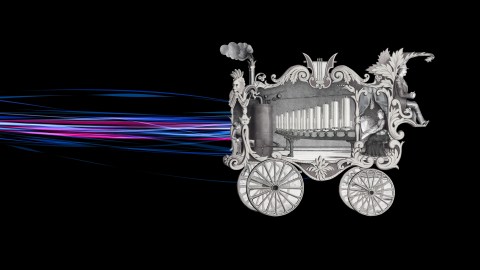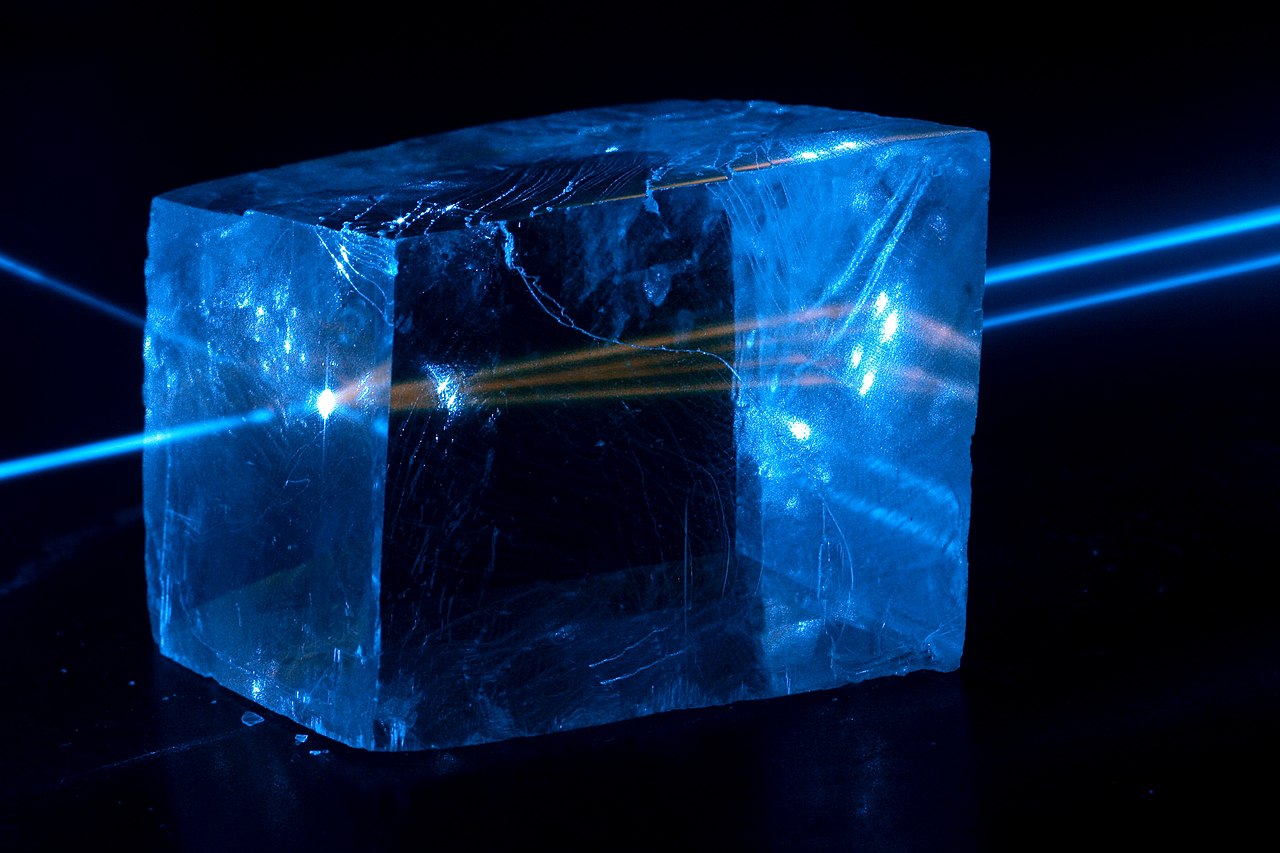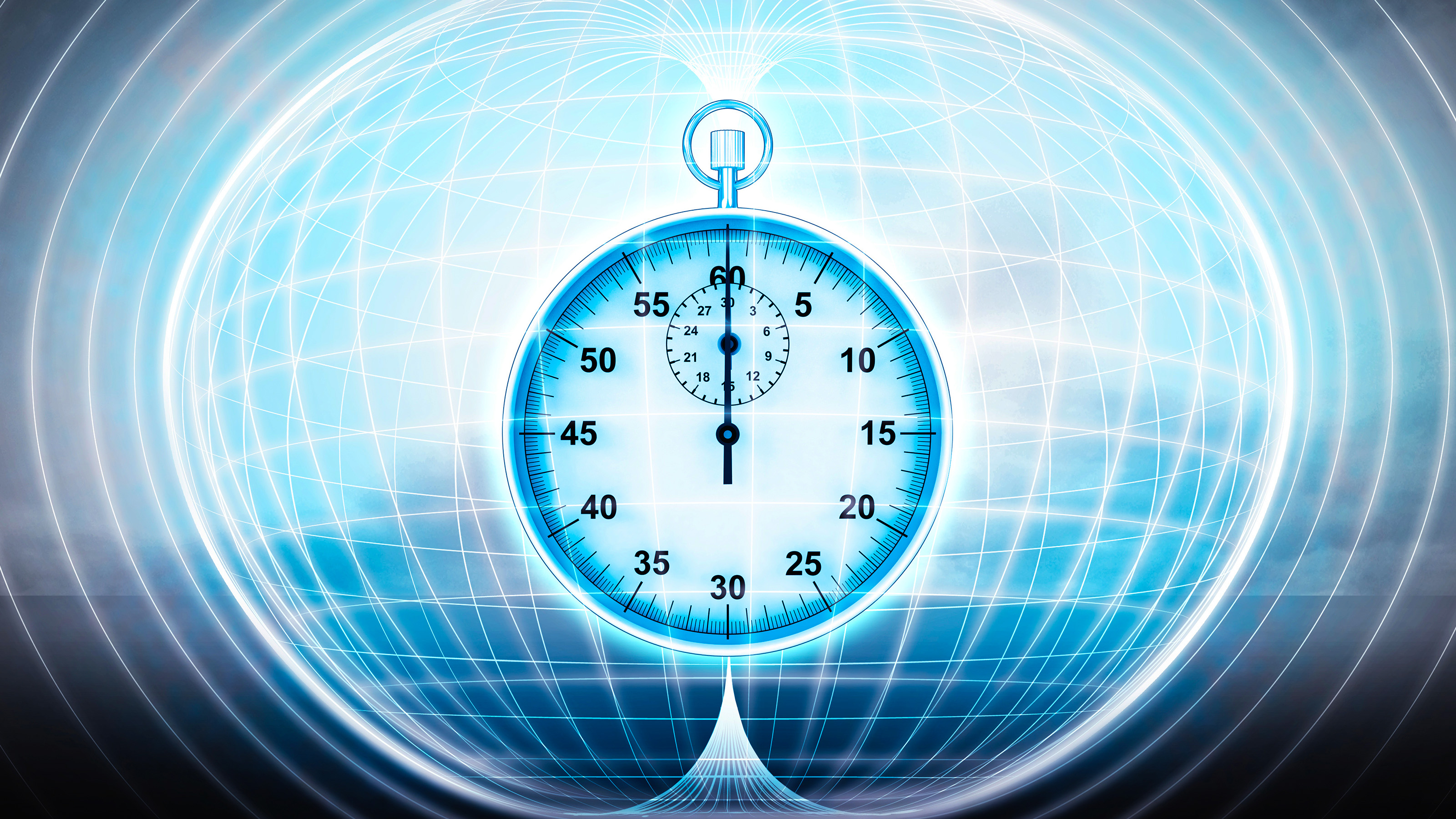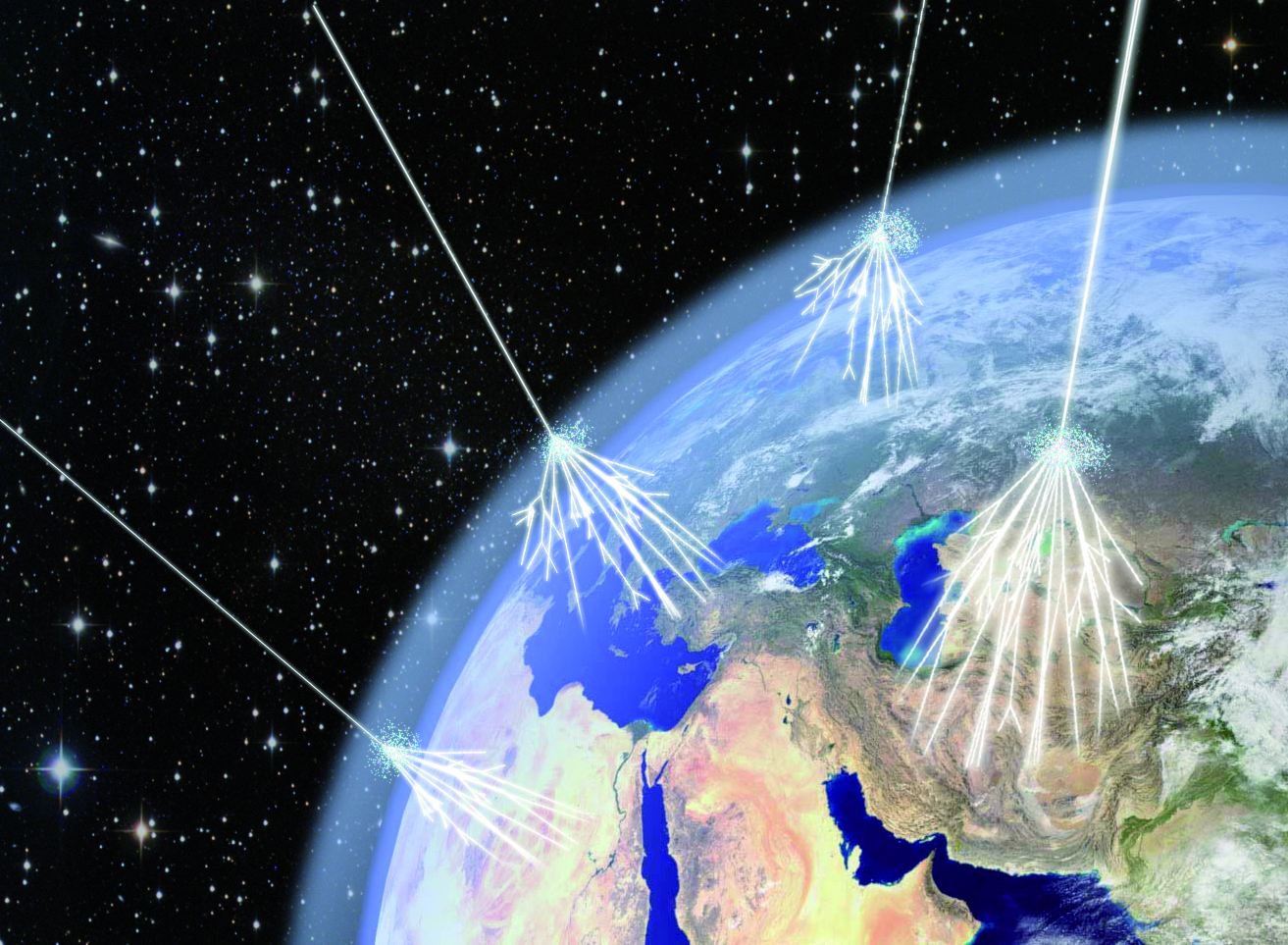What’s the real reason you can’t go faster than the speed of light?

- The answer commonly given to the question, “Why can’t we travel faster than the speed of light?” involves the mass of objects becoming infinitely large. That answer is fine, but there’s a better one.
- Space and time are unified into a single entity known as spacetime. And every object travels through spacetime at the speed of light.
- Even a stationary object is moving at the speed of light, but it is moving only through time and not space.
Albert Einstein is frequently regarded as one of the most influential scientists of all times, with brilliant insights about the laws of nature. However, his work has one very disappointing consequence, especially for science buffs who hope one day to travel to distant stars. His theory demonstrated that there is a fastest speed in the Universe: the speed of light. That means the shortest possible round-trip to the nearest star will take nearly a decade.
But just how does that work? Even the most informed science enthusiasts often have a wrong, or at least incomplete, understanding of why you can’t go faster than light.
The textbook answer
This ultimate speed limit is a curious fact and one that runs quite against our common intuition. After all, if you are zooming along in your car and step on the gas, you’ll go faster. And while your car has a top speed, we know of faster things like fighter jets and bullets.
However, speeding up eventually stops working. No matter how hard you try, you cannot go faster than ~186,000 miles per second (~300,000 km/sec).
The most common explanation for this cosmic speed limit is that as an object goes faster and faster, its mass increases. And this explanation makes some sense. After all, it’s harder to push a mountain than a pebble. If the mass of objects become infinite as they get closer to the speed of light, it makes sense that you cannot break that speed barrier — it would take infinite energy to accomplish.
There is a lot of merit to this explanation, and it is often explained this way even in college physics classes. (Heck, even I’ve taught that from time to time.) But it’s not the best answer.
Everything travels at the speed of light
To understand the real reason why you cannot go faster than light requires that we learn a key idea from Einstein’s theory. While our common experience tells us that space and time are different things, he realized that they are more similar than different. Instead of space and time, there is a single thing, called spacetime.
This idea is perhaps most easily understood by means of an analogy. Look at any world map. We can identify a location on the map as two numbers: latitude (the north/south number) and longitude (the east/west number). While there are some minor differences (for example, it gets hotter or colder as you move north/south), there really is no difference between the two directions.
In spacetime, it’s much the same. Individuals can move through time or space, just as travelers can decide to move east/west vs. north/south.
Now for the key insight. One of Einstein’s professors, a mathematician by the name of Hermann Minkowski, looked at Einstein’s theory of relativity and realized that at its deepest and most fundamental level, the theory said that any object was simply traveling through spacetime — partially through space and partially through time. When Einstein’s theory was pushed harder, what was revealed was that every object travels through spacetime at a single speed — the speed of light.
To understand this more easily, suppose you are at some location that is big and flat, like the Bonneville Salt Flats in Utah. Suppose further that you are in a car which has the accelerator locked so that it only can go at a single speed, 60 mph (100 km/hr).
Now, let’s get behind the wheel and drive. If you go east at 60 mph, you don’t move at all in the north/south direction. Similarly, you could drive north at fixed speed, but then you wouldn’t move at all east/west. Or you could choose to drive to the northeast at 60 mph, thereby moving in both the easterly and northerly directions at a speed of about 42 mph (69 km/hr).
If you move at fixed speed, the bottom line is that you can move in any direction you want, but in no direction can you move faster than that fixed speed.
And it’s identical in spacetime. Objects move in spacetime at the speed of light. A stationary object isn’t moving through space at all, so the object is moving through time at the speed of light. Furthermore, an object moving through space at the speed of light has no speed left over to move through time.
Thus, the absolute maximum speed an object could move through space or time individually is also the speed of light. Note that this idea also explains the weird features of relativity, like time slowing down for an object as its speed gets faster and faster. An object traveling more through space is traveling less through time.
The speed limit is a harsh reality
The reason that it is hard to travel through space at the speed of light is that you must push the object out of moving in the time direction to moving more in the space direction. And that turns out to be difficult. But, even if you are successful, you can’t beat that single speed.
So, that’s it. The real reason you cannot travel through space faster than light is because you are always traveling through spacetime at the speed of light. The best you can do is transport all your effort into moving through space; but, once you have pushed all your motion in the space direction, there just isn’t any more speed left. Just like the car that can’t go faster than 60 mph, you’ve topped out.
Does this mean that the day when we finally venture out into interstellar space that we are doomed to travel no faster than light? A round-trip to the center of the galaxy and back takes 50,000 years traveling at light speed. Can we do better?
Sadly, the answer is no — at least not without a new scientific discovery. Warp drive, hyperspace, and all the faster-than-light options from familiar science fiction are not real — or at least are unknown to our best understanding of the laws of nature. Mind you, scientists have discovered unknown things before, like radio waves and radioactivity, so it’s conceivable that a discovery would change everything. So, I guess there’s hope.
On the bright side, now that you know about spacetime, the next time your boss gets on your case for just sitting there, you can tell them that they are being unreasonable. You’re moving as fast as possible.





